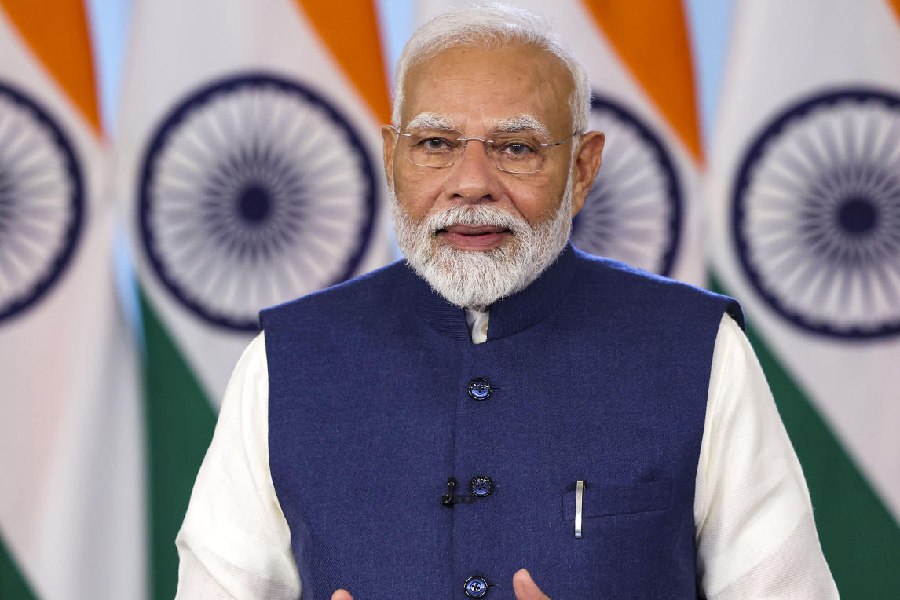The world is facing a formidable challenge in the form of climate change. Erratic weather patterns, rising temperatures and such extreme weather events as cloudbursts, thunderstorms, floods, droughts, and wildfires are wreaking havoc across the globe, forcing countries to invest in tentative attempts at ‘climate control’. India, too, recently launched an ambitious initiative to make the country ready for experiments with climate modification. Mission Mausam, for which the Prime Minister Narendra Modi-led Union cabinet has approved an investment of Rs 2,000 crore over the next two years, will not only involve a major upgrade in India’s weather forecasting infrastructure and capabilities to raise area-specific, short-and-medium range forecast accuracy by 5-10% but also include extensive research to understand and implement weather modification methods. Helmed by the ministry of earth sciences, Mission Mausam will focus on broadening the observation network with the installation of next-generation technology, including supercomputers, dopplers, radars, wind profilers, radiometers, earth system models and GIS-based automated decision-making instruments that will enhance capacities to provide accurate and timely weather updates across temporal and spatial scales. This endeavour seems to be a follow-up to the National Monsoon Mission of 2012 which had aimed at adopting a new approach to forecasting the monsoons. It is a timely investment. India is particularly vulnerable to the vagaries of climate change and heavily reliant on the monsoons; there is also scope for improvement in its current weather observation models. All this and more underline the importance of Mission Mausam.
Notably, the objectives of Mission Mausam include weather intervention mechanisms like the setting up of a cloud chamber to modify and seed clouds. This, the Centre says, will be instrumental in suppressing or enhancing rainfall as well as reducing lightning strikes. India has been recording a rise in lightning strikes in recent years so technological attention to this emerging atmospheric condition is welcome. However, cloud seeding remains an exceedingly challenging task. Geoengineering experiments carried out by countries like the United States of America, Canada and China have had limited success. There is also concern that technological manipulation of clouds could lead to undesirable consequences such as overflooding. Adopting a cautionary approach while conducting such experimentation with weather phenomena is thus imperative. Checks and balances must be in place lest the consequences of novel but evolving weather technologies are deleterious.










